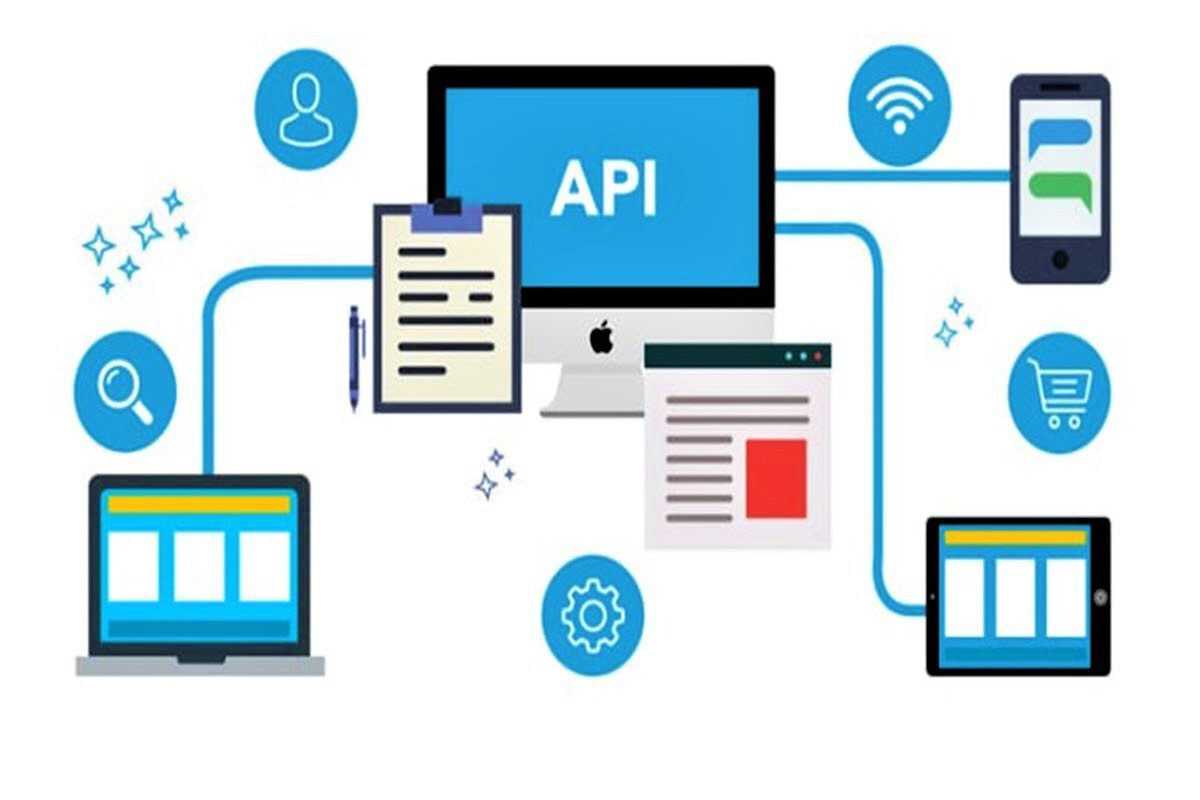DevOps is getting a lot of traction as companies prepare their IT plans for 2021. DevOps is a rethinking of IT culture that is widely adopted by software developers for improving IT efficiency. It aids companies in changing the mode modern software is developed and distributed, emphasizing quick iteration over doing it correctly the first time. Instead of waiting until a complicated programme is finished to produce technology, it is distributed in isolated modules that are refined over time.

Although DevOps will improve IT functionality as well as the bottom line, an API strategy is often expected to get the most out of DevOps. Companies can efficiently transform any commodity into a controlled API which is conveniently searchable and collectable using API-led networking, meaning that efforts aren’t duplicated around the enterprise.
DevOps teams require greater visibility into any aspect of the software, which usually necessitates the use of one or greater (APIs) (APIs). APIs might well be widely replicated and processed, but including them in application creation can enable companies get more use out of DevOps. This might take away potential capital, allowing for greater stability and creativity.
APIs are extremely important- know how?
APIs enable you to link and expose properties in a safe manner. As a result, when faced with creating a new programme or resource, a team will use these interchangeable elements to save time and money by not having to initiate each project from scratch. Besides that, by introducing such skills to partners, private entities, and additional customers, it allows it far simpler to enter other supply chain.
API integration help firms to simplify processes by combining its systems and datasets with industry-specific apps. They maintain seamless and consistent connectivity among different systems, allowing staff to take advantage of several cloud-based software while still increasing product creativity. APIs lets companies to introduce new projects quickly and efficiently, saving both money and effort.
Leveraging an API Strategy for DevOps
DevOps isn’t enough to satisfy the rising need for rapid deployment in the business world. Incorporating APIs into the generated objects will help organisations get more benefit out of DevOps.
These objects may be reused and consumed thanks to the incorporation. The ability to reuse APIs in other programmes will help save time and money while still allowing for continuity and creativity. APIs, according to 95 percent of IT executives, will enable them to offer services and goods faster.
APIs must be properly projected, well-designed, collectable, and checkable for all in order to realise their maximum potential. APIs must therefore integrate both centrally inside the company and internationally with private entities.
The following are several key considerations for organizations seeking to improve their DevOps ecosystem with APIs:
Automate the method.
While teams develop new software, recipes can be developed that enable the application to be disassembled and disassembled appropriately each time it is disassembled for modifications or improvements. Many connectors, file structures, objects, libraries, and even samples are often used in applications. Since could has its own set of settings, utilizing built-in and approved automation software’s can accelerate distribution and reduce errors.
Automating the testing phase
The majority of programmers wait till their code is finished before writing checks. Rather than creating a single line of code with mock results, developers can write tests first. As a consequence, code can be moved even more quickly from implementation to deployment.
Controlling the versions
Efficient configuration management enables developers to contribute code through several departments, enabling concurrent creation and providing immediate insight of modifications that are incompatible with previous work. Systems like? SVN and GitHub are ideal for managing configuration management.
Analysis can be automated.
Many modern systems generate massive volumes of unprocessed data. This datasets can be used by IT teams to create dynamic reporting mechanisms. The issue is that IT departments do not often have the tools they need to interpret and comprehend this info. APIs are typically used to do this. APIs may be used by application service and IT teams to create applications that handle this data to render it accessible to consumers. As a consequence, developers don’t go through a monitoring team, and they don’t miss all of the application’s real-time performance.
Utilization
Finally, excellent DevOps activities emphasize one more factor: reuse. Teams will ensure that when an asset goes across the pipeline, others are conscious of it, can safely navigate it, and understand how to leverage it efficiently by using an API-led networking strategy.
DevOps may assist businesses in increasing reliability and minimizing downtime, as well as allowing them to switch more quickly and easily adapt to shift. Nonetheless, it’s a strategy that requires a comprehensive knowledge of how technologies, systems, and organizations interact. This target can be met by using a hybrid DevOps and API-led method to communication.
Conclusion
DevOps activities may mean the divergence among failure and performance for a method. APIs will help teams save time and money by eliminating the need to launch a new project from the ground up. Additionally, an API policy will assist businesses in adopting a cloud-native solution by using cloud APIs, driving the DevOps pipeline into a version control mechanism, and resolving issues with legacy systems.

As the editor of the blog, She curate insightful content that sparks curiosity and fosters learning. With a passion for storytelling and a keen eye for detail, she strive to bring diverse perspectives and engaging narratives to readers, ensuring every piece informs, inspires, and enriches.










